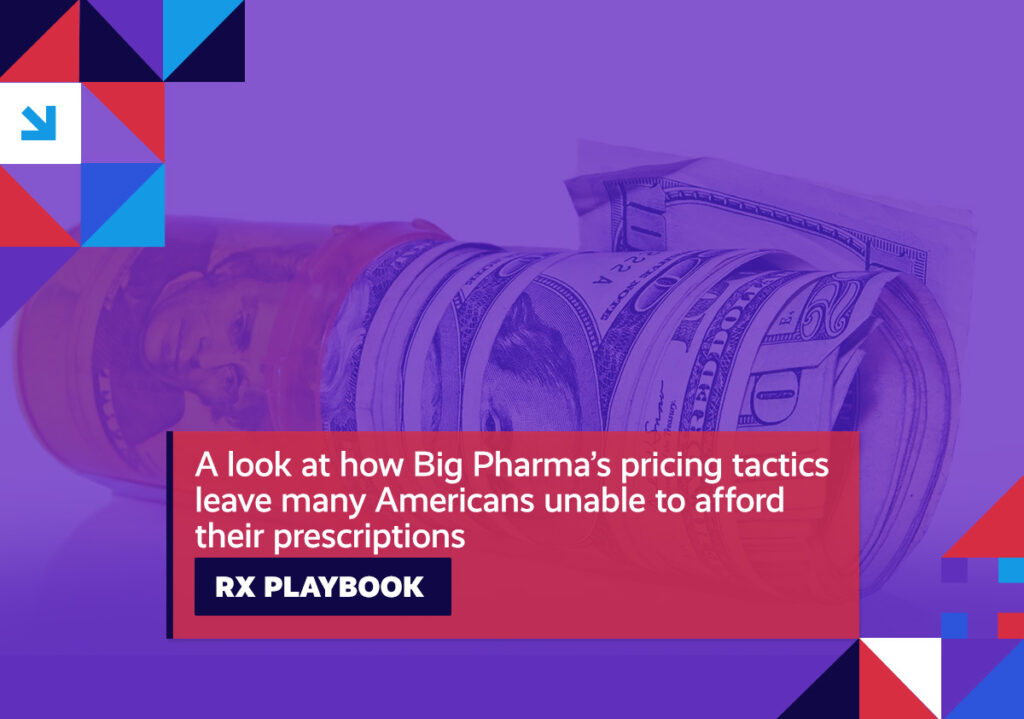A quick roundup of the issues driving the healthcare reform conversation.
Item of the Week

Spotlight
PROVIDER CONSOLIDATION Patient spending goes up when primary care physicians become affiliated with large health systems.
Quick takeaway: A new study challenges claims by the hospital industry that consolidation leads to economies of scale that result in less spending.
Digging deeper: According to the findings, primary care doctors who have relationships with health systems steer patients back into those systems, driving up healthcare spending.
These vertical relationships between physicians and hospitals led to:
- A 23 percent increase in specialist visits
- A 14 percent increase in emergency department visits
- A 22 percent increase in hospitalizations
- A $357 increase in total medical expenditures
What it means: The data raises concerns that steering of care by providers into affiliated health systems corresponded with insurers paying more for the same types of care visits, driving up overall healthcare costs.
OFFICE VISIT CODING Outpatient visits are being billed at increasingly higher levels.
Quick takeaway: Shifts in how providers are coding for outpatient evaluation and management (E/M) visits are impacting healthcare costs.
Digging deeper: New research from Elevance Health’s Public Policy Institute (PPI) provides valuable insights into how the increase in higher-complexity coding is driving up costs.
According to the data, between 2006 and 2022, the percent of outpatient E/M visits coded as high-complexity rose from 25 percent to 38 percent.
In looking at the health plan’s patient population, PPI estimates that increased coding complexity resulted in:
- A 7 percent increase in total costs among commercially-insured members
- A 12 percent increase among Medicare Advantage beneficiaries
- An 8 percent increase among Medicaid enrollees
Commercial members and Medicare Advantage beneficiaries also had higher patient-paid costs.
What it means: The analysis builds on a growing body of research detailing the impact that billing for more complex and, thus, more expensive, outpatient visits continues to have on overall healthcare costs.
PATIENT FEARS What scares people most about going to the hospital may surprise you.
Quick takeaway: According to a new survey, the financial impacts of hospitalization are most concerning to Americans.
Digging deeper: Researchers set out to establish a baseline of patients’ knowledge and understanding of the various types of risks associated with going to the hospital.
While there were general concerns about hospital-acquired infections, the cost of hospitalization ranked as respondents’ top concern, with 55 percent saying they were either ‘Very’ or ‘Extremely’ fearful about this issue.
What it means: As we’ve highlighted, hospitals have overwhelmingly established themselves as, both, the largest component of our overall healthcare spending and the primary driver of escalating healthcare costs.
With that in mind, it’s no surprise that the cost of going to the hospital is what patients are actually most afraid of.
EMPLOYERS Large employers are increasingly worried about their pharmacy spending.
Quick takeaway: Growing spending on medications is projected to be a major driver of future healthcare costs, along with increased demand for mental healthcare services.
Digging deeper: In a new survey of 150 large employers conducted by the Business Group on Health, employers expect a 6 percent increase in healthcare trend – higher than typical forecasts from previous years – driven in part by pharmacy spending, which saw a median percentage increase from 21 percent to 24 percent between 2021 and 2022.
What it means: According to the survey, rising prescription drug costs are a leading concern for large employers, with 92 percent citing concerns about high-cost drugs in the pipeline and 91 percent saying they’re concerned about the overall pharmacy cost trend.

| You can keep up with the latest by following the Health Action Network on X and by liking us on Facebook. And, be sure to check us out on LinkedIn, too. As always, let us know if there’s something you’d like to see covered in a future newsletter. |
The Health Action Network includes everyday Americans—families, workers, businesses, patients, providers, neighbors, and friends. We are working together because we support market-based solutions that offer better healthcare choices and help build a stronger economy. The Health Action Network is an Elevance Health, Inc., initiative.
